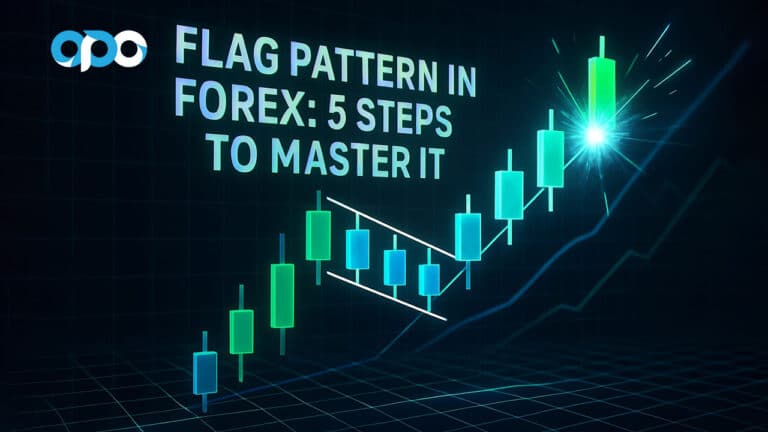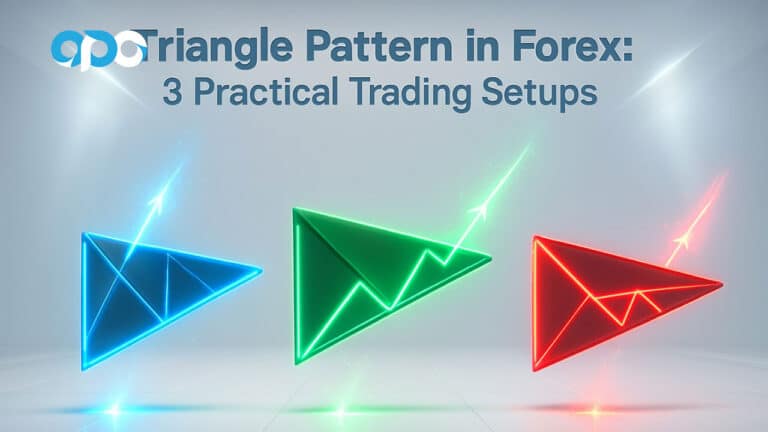The best pairs for swing trading are major and cross-currency pairs with high liquidity and predictable volatility, like EUR/USD, GBP/USD, and USD/JPY. These pairs offer clear technical patterns and react reliably to economic news, creating consistent opportunities for capturing multi-day price moves. Finding the right pair that aligns with your strategy is crucial for success. In this guide, I’ll share my experience-based insights on the top contenders, breaking down which setups work best for each, so you can make informed decisions with your preferred online forex broker and elevate your trading results.
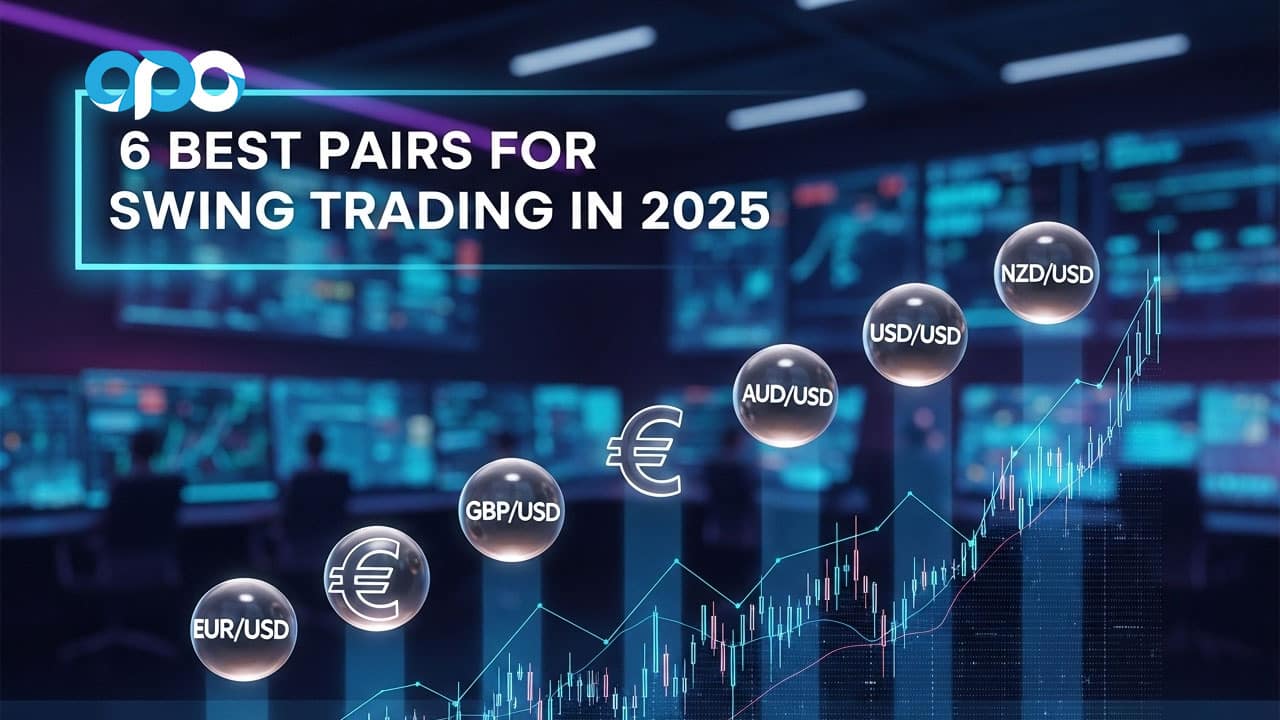
Key Takeaways
- Focus on Majors: The best pairs for swing trading are typically the majors (EUR/USD, GBP/USD, USD/JPY, AUD/USD, USD/CAD) due to their high liquidity, tight spreads, and predictable behavior.
- Volatility is Your Friend: Swing trading thrives on price movement. Pairs with moderate to high volatility, like GBP/USD and EUR/JPY, provide the multi-day swings needed for profitable trades.
- Strategy-Pair Alignment: Not all pairs behave the same. Your success depends on matching your trading strategy (e.g., trend-following, reversal, range) to the pair’s typical character.
- Timing Matters: The best opportunities often appear during the London and New York session overlap when volume and liquidity are at their peak.
- Risk Management is Non-Negotiable: Understanding correlations between pairs and managing overnight swap costs are essential components of a robust swing trading plan.
Quick Guide to Top Swing Trading Pairs
Before we dive deep, here’s a quick-reference table that satisfies immediate questions. These are, in my experience, some of the best pairs for swing traders.
| Pair | Why It’s a Top Choice for Swing Trading |
| EUR/USD | Extreme liquidity, tight spreads, and respects technical levels beautifully. |
| GBP/USD | Offers strong, clean swings and reacts predictably to major news. |
| USD/JPY | Acts as a safe-haven, providing clear setups based on risk sentiment. |
| AUD/USD | Moves with commodity cycles and Asian session momentum. |
| USD/CAD | Heavily influenced by oil prices, creating reliable, data-driven moves. |
| EUR/JPY | High volatility and clear directional moves during session overlaps. |
What Defines a Great Swing Trading Pair?
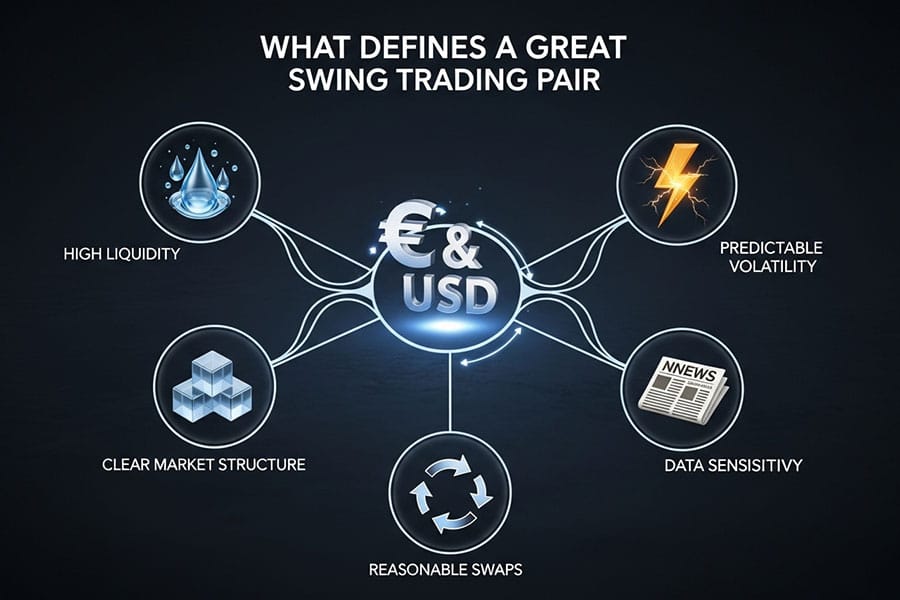
Before you can find the best pairs for swing trading, you need to know what you’re looking for. It’s not just about picking a popular pair; it’s about understanding the specific characteristics that create profitable swing opportunities. A swing trader’s goal is to capture a single significant move, or “swing,” in the market, holding positions for several days to a few weeks. This requires a pair with the right DNA—one that moves enough to be profitable but not so erratically that it becomes unpredictable.
Prime Time for Swing Trading
The best setups often materialize when market activity is highest. For most forex pairs, this is the London/New York session overlap (approximately 8:00 AM to 12:00 PM EST). During these hours, liquidity floods the market, spreads tighten, and major economic data from both Europe and the U.S. can trigger sustained moves perfect for swing trading. Trading during these peak hours increases the probability that a breakout is genuine and that a trend will have the momentum to carry on for several days.
Core Criteria for a Swing-Ready Pair
- High Liquidity: This is non-negotiable. High liquidity, found in major pairs like EUR/USD and USD/JPY, means you get tighter spreads (lower costs) and smoother order execution. It reduces the risk of slippage, ensuring you can enter and exit trades close to your desired price, which is critical when capturing a multi-day move.
- Predictable Volatility: Volatility is the engine of swing trading—it creates the price swings we aim to capture. However, you want predictable volatility, not chaotic, random spikes. The best currency pairs for swing trading have a healthy Average True Range (ATR) that shows they move enough to be worthwhile but still respect key technical levels.
- Clear Market Structure: Swing trading relies heavily on technical analysis. The ideal pair exhibits well-defined trends or clean, range-bound behavior. It should respect support and resistance levels, trendlines, and chart patterns, giving you clear signals for entry and exit.
- Sensitivity to Macro-Economic Data: Swing trades are often initiated based on fundamental catalysts. Pairs that react predictably to major economic releases (like interest rate decisions, NFP, or GDP reports) provide excellent opportunities. This sensitivity allows traders to anticipate potential swings and position themselves accordingly.
- Reasonable Rollover/Swap Rates: Since swing trades are held overnight, you’ll be subject to rollover fees (swaps). While not a primary decision factor, a pair with prohibitively high negative swap rates can eat into your profits over a multi-day hold. It’s a cost factor that experienced traders always consider.
Quick Guide to Swing Trading Setups
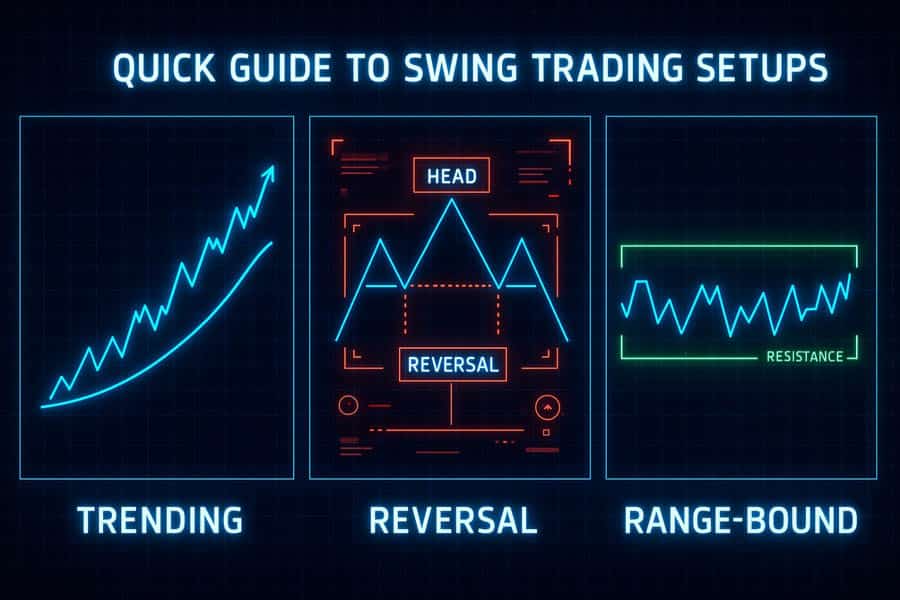
Finding the best pairs for swing trading also involves knowing which setups to look for. Your strategy must align with the pair’s personality. Over the years, I’ve found that most successful swing trades fall into one of three categories. Each setup thrives on the criteria mentioned above—liquidity, volatility, and clear market structure.
Trending Setups
This is the classic swing trading approach. The goal is to identify an established trend and ride it. A common strategy is to wait for a breakout from a consolidation pattern (like a flag or pennant) in the direction of the primary trend. Alternatively, you can enter on a pullback to a key support level, such as a moving average (like the 50 or 100 EMA) or a previous resistance-turned-support level. Indicators like the MACD can help confirm the trend’s momentum.
Reversal Setups
Reversal, or counter-trend, setups aim to capture the turning point of a trend. This is a higher-risk strategy but can be incredibly rewarding. Traders look for signs of trend exhaustion at major support or resistance zones. Classic reversal patterns include double tops/bottoms and head and shoulders. Oscillators like the RSI, showing divergence, can be a powerful confirmation tool, signaling that the prevailing momentum is fading and a reversal is imminent.
Range-Bound Setups
Not all markets trend. Many pairs spend significant time consolidating within a well-defined range. Range-bound swing trading involves buying at the bottom of the range (support) and selling at the top (resistance). This strategy works best in pairs that have shown a clear history of respecting range boundaries. Confirmation from oscillators like the Stochastic can help you time entries by identifying overbought or oversold conditions at the edges of the range.
How to Find Your Best Trading Pair
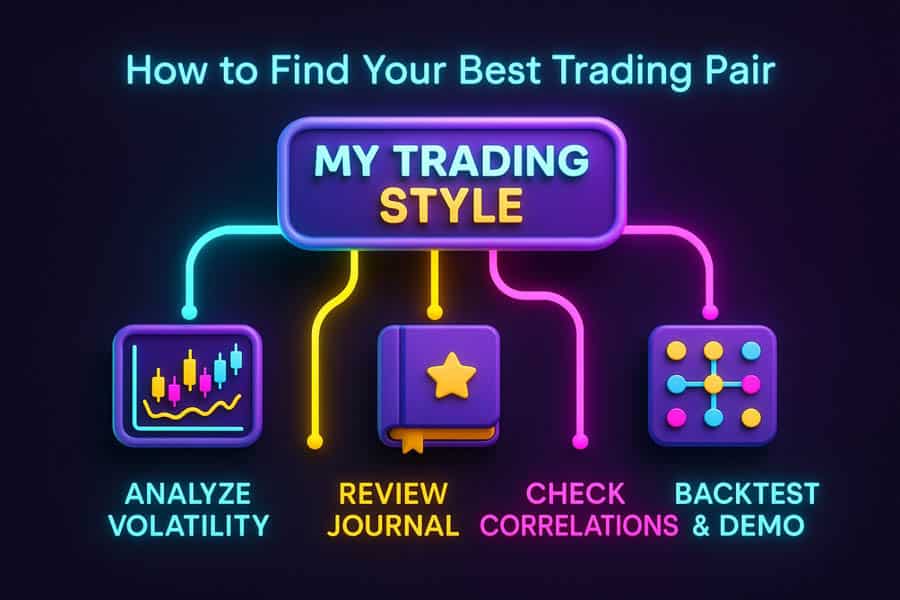
While this guide highlights the universally acknowledged best pairs for swing traders, the ultimate goal is to find the pair that works best for you. Your personality, risk tolerance, and trading schedule all play a role. The process of identifying your ideal match is systematic and data-driven, not based on guesswork. It’s about aligning a pair’s behavior with your specific trading style.
Analyze Volatility and Volume
Start by tracking a pair’s behavior. Use the Average True Range (ATR) indicator to quantify its daily volatility. Does it move enough to meet your profit targets without being too choppy? Also, observe its volume during your preferred trading hours. A pair might be great, but if its main activity happens while you’re asleep, it’s not the right fit. The best forex pairs for swing trading offer consistent movement during active market sessions.
Review Your Trading Journal
Your trading history is a goldmine of information. Which pairs have consistently delivered winning setups for you? Which ones seem to always result in losses? Your journal will reveal patterns in your performance tied to specific instruments. If you find that your trend-following strategy works wonders on AUD/USD but fails on GBP/JPY, that’s a clear sign of where your focus should be. Let your own data guide your selection.
Understand Currency Correlations
Avoid accidentally doubling your risk. Many currency pairs move in tandem. For example, EUR/USD and GBP/USD often move in the same direction due to their strong correlation with the US dollar. If you take a long position on both, you’ve essentially taken on twice the exposure to a single market idea. A correlation matrix can help you understand these relationships, allowing you to diversify your trades or avoid over-leveraging on a single theme.
Backtest and Demo Trade
Once you’ve shortlisted a few candidates, put them to the test. Use a backtesting platform to see how your favorite setups would have performed on a specific pair over historical data. Follow this with demo trading. This crucial step allows you to get a feel for the pair’s rhythm and behavior in a live market environment without risking real capital. Does it respect technical levels as you expected? How does it react to news? This hands-on experience is invaluable in confirming if a pair is truly one of the best pairs for swing trading for your system.
Deep Dive: Setups for the Top 6 Pairs
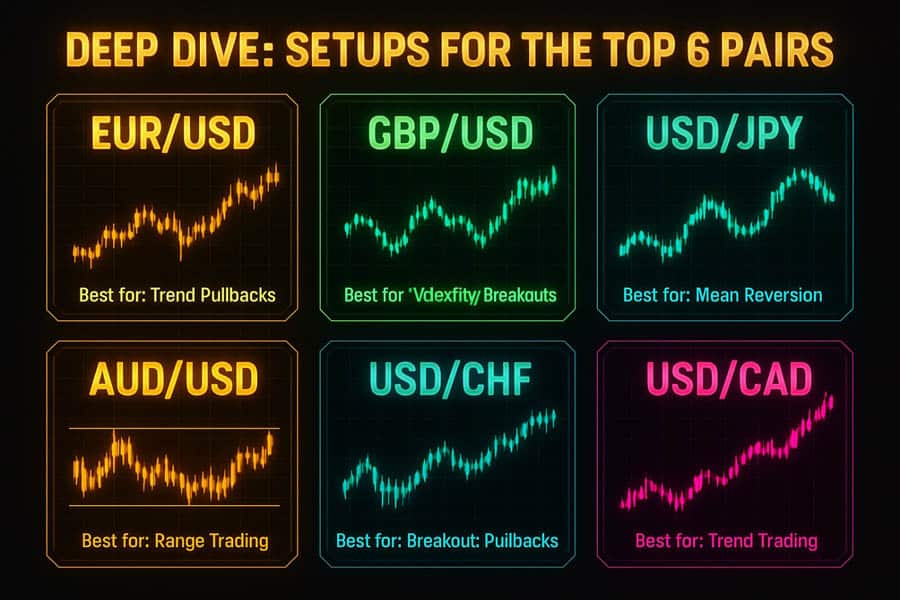
Now, let’s get into the practical, experience-based breakdown of the best currency pairs for swing trading. For each pair, I’ll explain its personality and, more importantly, which specific swing setups have consistently delivered the best results for me and many other professional traders. This is where theory meets the road.
EUR/USD: The Technical Purist
The EUR/USD is the most traded forex pair in the world, and for good reason. Its immense liquidity translates into tight spreads and clean, technical price action. This is my go-to pair for structured swing approaches. It tends to form well-defined trends and ranges, making it one of the best pairs for swing trading for both beginners and veterans. Its movements are heavily influenced by interest rate decisions from the European Central Bank (ECB) and the US Federal Reserve.
Best Setups for EUR/USD:
- Trend-Following Pullbacks: The EUR/USD respects moving averages (especially the 50 and 200 EMAs) with remarkable consistency. The highest probability setup is waiting for a clear trend to establish on the 4-hour or daily chart, then entering on a pullback to one of these dynamic support/resistance levels.
- Range Trading: During periods of low-impact news, this pair often settles into predictable ranges. Selling near range resistance and buying near range support, with confirmation from an oscillator, is a reliable strategy.
- Breakout Momentum: Key data releases, like US Non-Farm Payrolls (NFP) or EU inflation data, can trigger powerful breakouts. A classic setup is to place a trade after the first 1-hour or 4-hour candle closes beyond a major consolidation pattern.
GBP/USD: The Volatility King
Known as “The Cable,” GBP/USD is famous for its greater volatility compared to EUR/USD. These larger swings can mean bigger profits, but also require wider stops and disciplined risk management. It’s one of the best forex pairs for swing trading if you have the appetite for faster, more aggressive moves. It is highly sensitive to news from both the UK (Bank of England announcements) and the US, often resulting in clean, directional moves that last for days.
Best Setups for GBP/USD:
- Reversal at Key Levels: Due to its tendency to make large, extended moves, Cable is excellent for reversal setups. Look for signs of exhaustion (like pin bars or engulfing candles) at major weekly or monthly support and resistance levels. RSI divergence on the daily chart can be a powerful confirmation for a major turning point.
- Breakouts After Consolidation: GBP/USD often consolidates in tight ranges before a major news event. Trading the breakout from these ranges can be very profitable. The key is to wait for a decisive candle close outside the range to avoid getting caught in a fakeout.
USD/JPY: The Safe-Haven Standard
The USD/JPY is unique because its movement is often driven by global risk sentiment. The Japanese Yen (JPY) is considered a “safe-haven” currency. When global uncertainty rises, investors tend to buy JPY, causing USD/JPY to fall. When risk appetite is high, the opposite happens. This “risk-on/risk-off” dynamic makes it one of the best pairs for swing traders who follow broader market themes. It often trends smoothly for long periods, with very clean pullbacks.
Best Setups for USD/JPY:
- Breakout and Pullback: This is the bread-and-butter setup for USD/JPY. The pair tends to break out of key levels and then retest them before continuing its move. The strategy is to wait for a breakout, let the price pull back to the broken level (which now acts as support or resistance), and enter upon confirmation that the level is holding.
- Trend-Following with Moving Averages: Like EUR/USD, this pair respects moving averages, but the trends are often smoother and longer-lasting. Riding a trend on the daily chart using the 50 EMA as a dynamic guide is a classic and effective swing strategy.
AUD/USD: The Commodity Proxy
The “Aussie” is a commodity-driven currency, with its value closely tied to the prices of iron ore, coal, and other raw materials that Australia exports. This makes it one of the best currency pairs for swing trading for those who also keep an eye on the commodities market. It’s also heavily influenced by economic data from China, Australia’s largest trading partner. Its primary activity occurs during the Asian and early London sessions.
Best Setups for AUD/USD:
- Trend-Following Based on Fundamentals: When commodity prices are in a clear uptrend or downtrend, the AUD/USD often follows suit. A simple yet powerful strategy is to align your trade direction with the broader trend in commodities like copper and iron ore.
- Technical Reactions to News: The pair reacts very cleanly to Reserve Bank of Australia (RBA) announcements and Australian employment data. Trading the momentum that follows these releases, often from a key technical level, can yield great results. Using the ATR can help you set realistic profit targets based on its typical post-news volatility.
USD/CAD: The Oil Trader’s Favorite
Nicknamed “The Loonie,” the USD/CAD has a strong inverse correlation with the price of crude oil, as Canada is a major oil exporter. When oil prices rise, the Canadian dollar (CAD) tends to strengthen, causing USD/CAD to fall. This fundamental driver makes it a predictable instrument and one of the best pairs for swing trading. It’s highly reactive to oil inventory reports and Bank of Canada (BoC) statements.
Best Setups for USD/CAD:
- Range and Momentum Plays: This pair often trades within well-defined ranges that can last for weeks. Trading the edges of these ranges is a viable strategy. Additionally, significant moves in oil prices or surprising employment data can trigger strong momentum trades. Using the ATR helps time entries after data releases when volatility expands.
- Correlation with Oil: A more advanced setup involves watching the price of crude oil (WTI). When oil breaks a key level, look for a corresponding move in USD/CAD. For instance, if oil breaks out to the upside, a swing trader might look for an opportunity to short USD/CAD on a pullback.
EUR/JPY: The Volatility Cross
For traders seeking volatility, the EUR/JPY cross is an excellent choice. It combines the dynamics of two major economies and is known for its strong, sustained trends. It tends to move more pips per day than most majors, offering significant profit potential. It blends the technical nature of the Euro with the risk-sensitive behavior of the Yen, making it a powerful but challenging pair. This is a fantastic choice for experienced traders looking for strong directional moves.
Best Setups for EUR/JPY:
- Volatility Breakouts: The best time to trade this pair is during the London-Tokyo session overlap, when volatility surges. Look for breakouts from consolidation patterns on the 4-hour chart. Because of its high volatility, it’s crucial to wait for a confirmed close before entering.
- Strong Trending Moves: When EUR/JPY trends, it really trends. Identifying the primary trend on the daily chart and entering on pullbacks to the 21 or 50 EMA can lead to very long and profitable rides. Be mindful of potential overnight gaps, which are more common in cross pairs.
Swing-Ready Pairs: Core Criteria at a Glance
To summarize, here is a practical table that connects each of the best pairs for swing traders to its core characteristics. Use this to quickly assess which pair might best fit your trading style and risk tolerance.
| Currency Pair | Liquidity | Volatility | Strongest Setups | Key Factor to Watch |
| EUR/USD | Very High | Moderate | Trend Pullbacks, Range Trades | Fed/ECB Interest Rate News |
| GBP/USD | High | High | Breakouts, Reversals | Bank of England Announcements |
| USD/JPY | High | Moderate | Breakouts, Trend Pullbacks | Global Risk Sentiment |
| AUD/USD | High | Moderate | Trend-Following, News-Based Moves | Commodity Prices, China Data |
| USD/CAD | High | Moderate | Range Trading, Momentum | Crude Oil Price Changes |
| EUR/JPY | High | High | Volatility Breakouts, Strong Trends | Market Gaps, Overnight Moves |
Trade with Opofinance
Ready to apply these strategies? Opofinance, an ASIC-regulated broker, provides the tools you need for effective swing trading.
- Advanced Trading Platforms: Choose from MT4, MT5, cTrader, and the proprietary OpoTrade platform.
- Innovative AI Tools: Gain an edge with the AI Market Analyzer, AI Coach, and instant AI Support.
- Flexible Trading Options: Explore opportunities in Social Trading and Prop Trading.
- Secure & Flexible Transactions: Enjoy safe and convenient deposits and withdrawals, including crypto payments with zero fees.

Conclusion
Choosing the best pairs for swing trading is a critical step toward consistent profitability. While major pairs like EUR/USD and GBP/USD are popular for their liquidity and clear patterns, the ideal choice ultimately depends on your personal strategy and risk profile. By understanding a pair’s personality, focusing on high-probability setups, and managing risk diligently, you can harness the power of market swings. Remember to test, track, and align your approach with the pairs that resonate most with your trading style for long-term success.
How many pairs should a swing trader focus on?
Most successful swing traders focus on a small basket of 3-5 pairs. This allows them to develop a deep understanding of each pair’s behavior without being overwhelmed by too much information.
Are exotic pairs good for swing trading?
Generally, no. Exotic pairs suffer from low liquidity, wide spreads, and unpredictable volatility, making them less suitable and more expensive for the multi-day holds required in swing trading.
Can I swing trade cryptocurrencies?
Yes, but with caution. Major cryptocurrencies like Bitcoin and Ethereum can be swing traded due to their high volatility, but they operate 24/7 and can be influenced by different factors than forex, requiring a modified approach.
What timeframes are best for analyzing swing trades?
Swing traders typically use higher timeframes. The daily chart is used to identify the primary trend and key levels, while the 4-hour chart is often used for fine-tuning entries and exits.
Is fundamental analysis necessary for swing trading?
While some traders are purely technical, incorporating fundamental analysis is highly recommended. Major economic events are often the catalysts that initiate and sustain the large swings that swing traders seek to capture.






